But on to the shuttle kit. This was hands down the most difficult model I have ever built. The balsa wood Hawker Hurricane I built many years ago was close, but this thing was a beast. The work with tubes and fins was rather easy since that's the stuff that's pretty intuitive for even a beginner rocketeer. The paper modeling, and creating structures from wood and dowels was the hard part. Like anything I think that I could have done a better job with more experience, but this is how you get said experience. The cutting out of balsa parts from paper templates was not too bad since I got some good experience with that on the Ares I-X. This would have really been a mess if I hadn't taken on that kit first.
SRBs
These were very simple. Draw a baseline on the tube. Roll on the wrap. Paint and glue in the nosecone. Form the skirt and glue in place. Easy! Later on you have the option of putting in a support ring but that is more difficult because it requires a good bit of filing a centering ring at an angle, but being something that was done on the Ares kit was not imposing at all.
External Fuel Tank
This was the first bit of "They want me to do what?!!!" The aligning of the nosecone description is quite verbose, but is pretty understandable and not difficult. The creation of the structure to hold the rear of the shuttle though takes some patience and slow acting superglue. I'm not sure I could have done it without the ten-second Loctite gel that I got a few weeks ago. I would pay $20 for a bottle of that stuff. It is well worth it. I won't go into detail about the forming of the structure, but I do have to admit that I had to pull it off at least once and I think I even glued myself to it more than that. Most rockets you build have a piece of you. If you're using superglue that might be the literal truth.
Orbiter
The directions lovingly point out the this is the difficult part of the kit by stating, "And now the hard part!" This was paper modeling on a level that I've never done before. Once again, instead of providing a blow by blow I'll let the picture do the talking.
The hole cut here was done to permit the adding of the clay nose weight. I think the balsa would have been too weak to properly place into position if the hole had been cut earlier and the nose would not have been as strong either.
The underside graphic is a nice touch in this kit. This is done from a photograph of the underside of the Space Shuttle Discovery.
Painting and Assembly of the stack
I had a can of Testor's spray paint in the color Mango that I picked up before I realized that the Quest FLV had a paper wrap. The color was pretty close to one of the various shades that the External Tank turns while waiting for launch. One problem was that it was a glossy paint. This was pretty simple to overcome because I had a can of matte varnish leftover from Warhammer 40k. But after applying it to the other paper components I discovered that it left a bit too much white residue, especially a problem on black. The other problem was that the nose cone soaked up paint even though I had treated it with a primer. The paint was beginning to build up in some areas near the nose cone without the desired effect on it. So I went through my plethora of paints also left over from Warhammer and found an orange that was surprisingly close and just brush painted it. This worked passably well, but I should have gone after some sort of sanding sealer. I need to get a hold of some before I tackle my next kit that has lots of wood work.
The SRBs are then glued along the lines previously drawn in the construction of the External Tank. My painting obscured the lines and I had to redraw them using the alignment guide. So be sure to not throw any of the templates away until you're done. The kit deviates from the real thing a bit with the addition of support struts for the SRBs. If these were not in place the SRBs would be highly unstable (like Dr. Zooch himself) and weak (like an Estes engine). The difficult thing with these is that they are only a quarter of an inch long and must be beveled. I had to hold the dowel piece with needle nose pliers while sanding the bevel. All gluing for the SRBs was done with the same Superglue gel used on the orbiter rear attachment point.
I tried to trim the orbiter's elevator to the proper level but I couldn't get consistent results since it seemed to behave differently every flight and seemed to be more dependent on how well I tossed it. I need to try just dropping it off of my deck I guess.
Zooch line. Upon thinking what will be my next build before summer ends and the academic world sucks me back into the abyss I thought I'd do something with a bigger engine compartment. But the Dr. Zooch kits are so much fun, and being a historian I'm having a hard time seriously considering something that isn't a scale model of at least a missile.
This morning was the final launch of the Space Shuttle program. I took the model to my son's pre-school and talked to them about how the shuttle launch stack worked. We watched the live stream of Spacevidcast until External Tank separation, then ate some of the freeze-dried ice cream that we got at the Air&Space Museum. Hopefully I can go launch a rocket or two for them next week.
After HEMA class this evening I talked to someone who might be a lead on some more open land than the spillway at the park. I'm going to go check that land out tomorrow. Hopefully it leads to something.
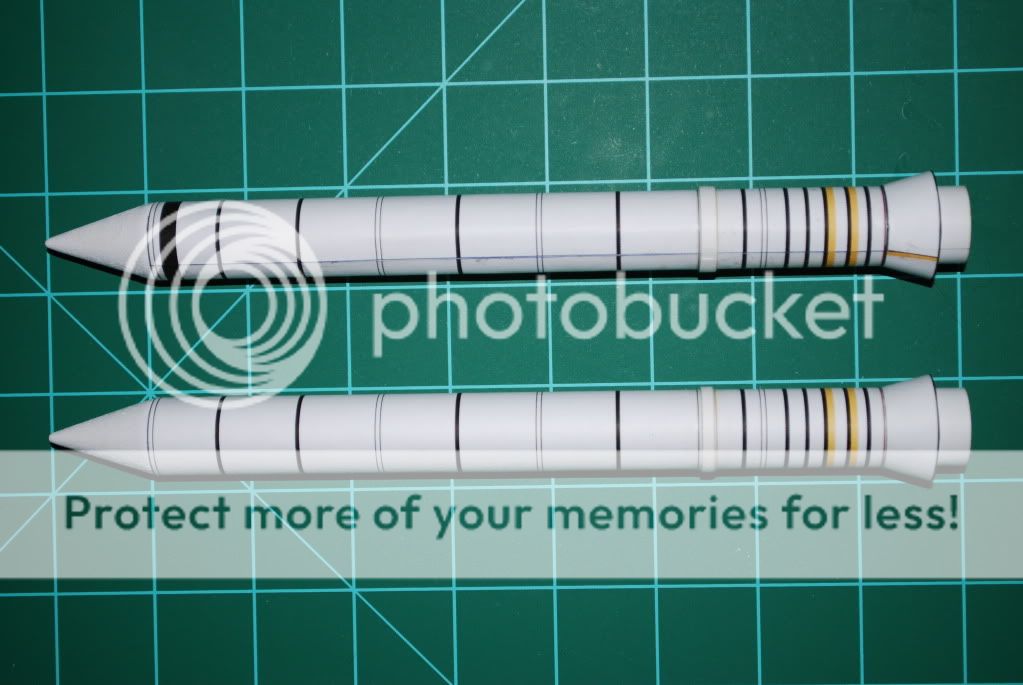






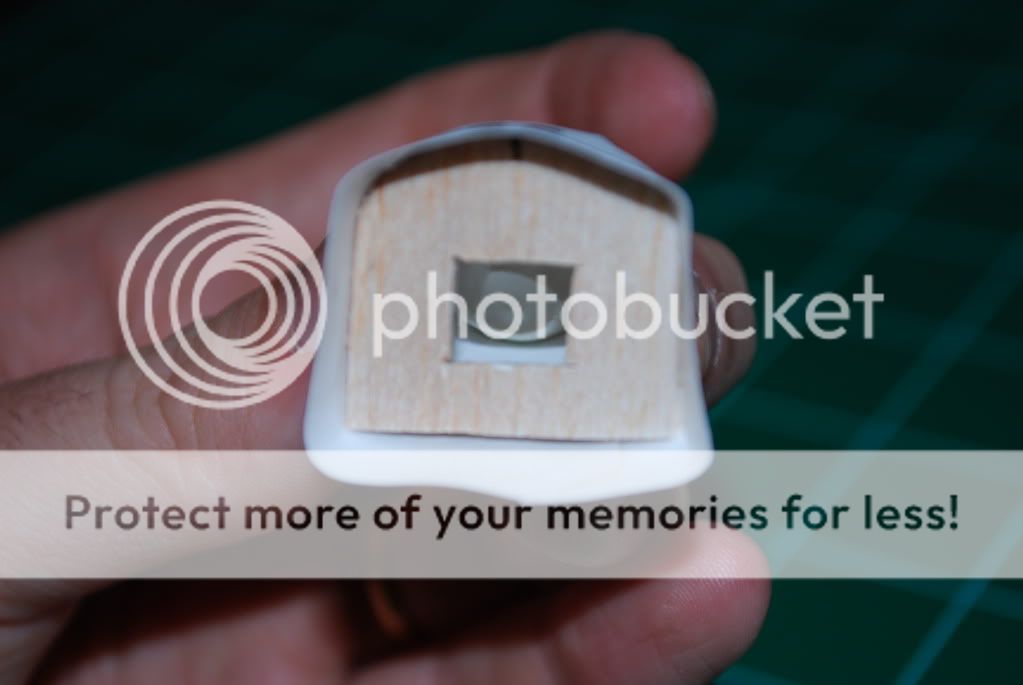
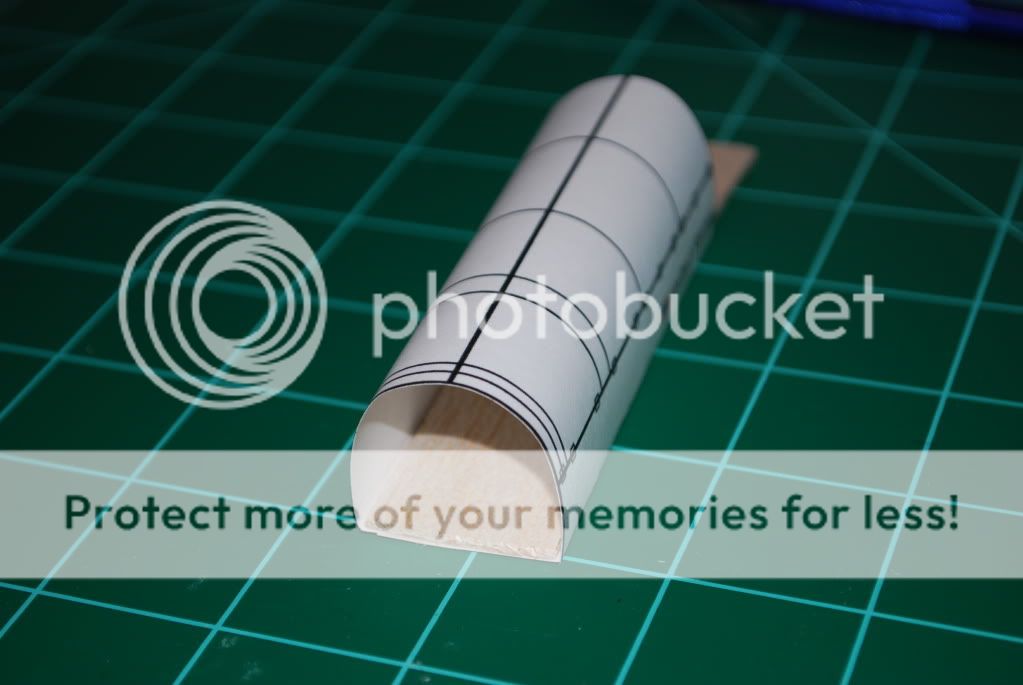
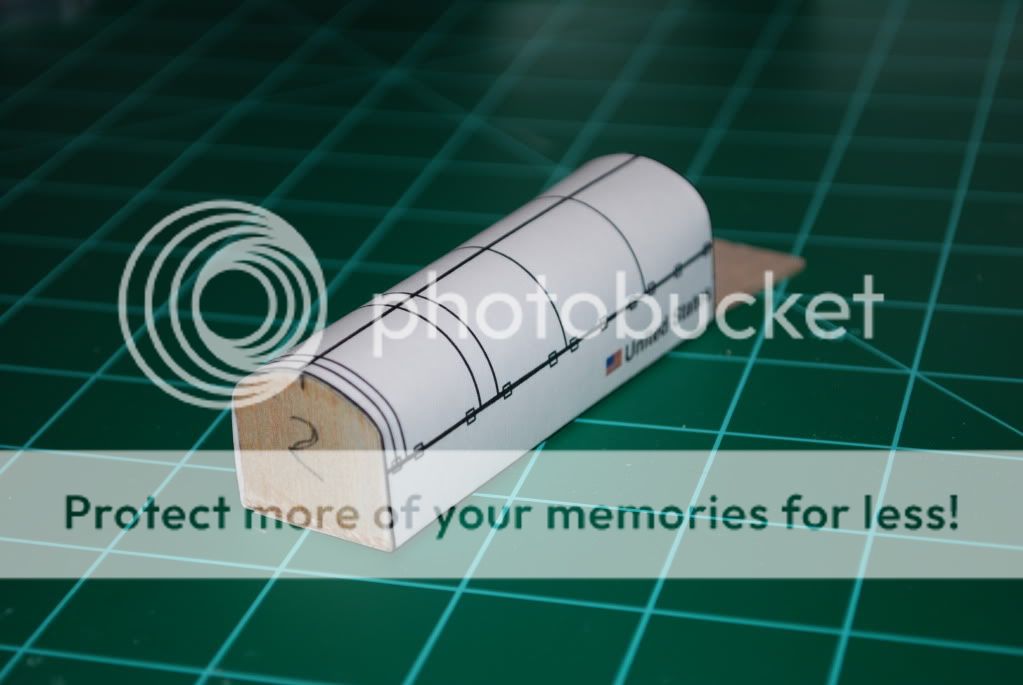







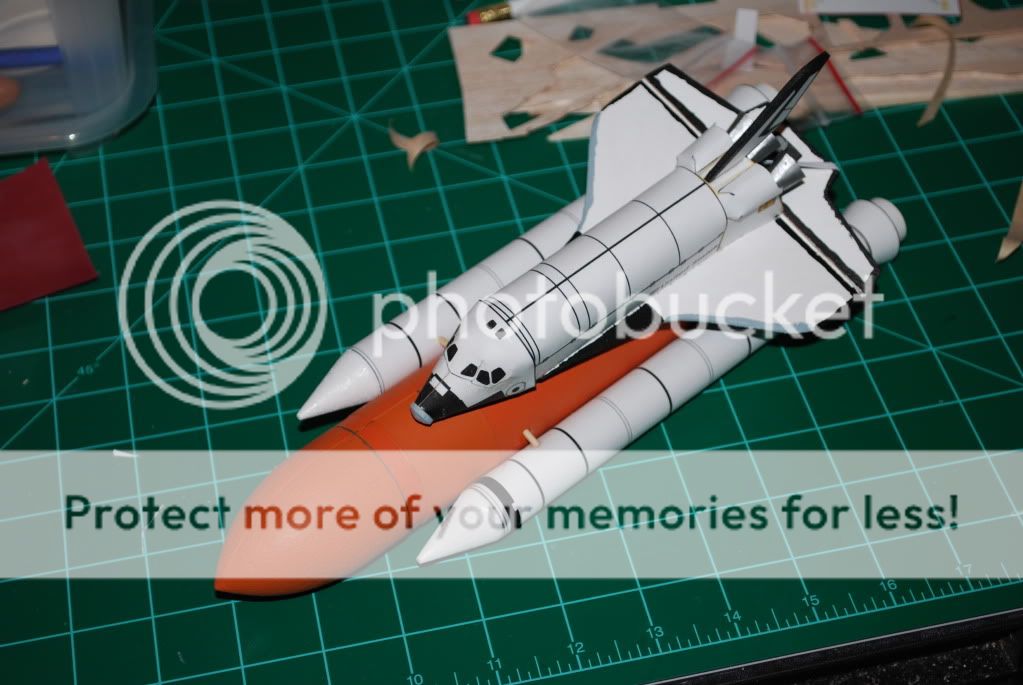


No comments:
Post a Comment